Modern Struggles, Modern Design - Dr. King and the story of Liberty Baptist Church
|
|
||||
Modern Struggles, Modern Design - Dr. King and the story of Liberty Baptist Church |
||||
|
|
[January 17, 2011] - On the day we celebrate the birth of Dr. Martin Luther King, Jr., we remember how some of Chicago's most important civil rights battles centered around one of the city's most strikingly modern churches. |
||||
When Dr. Martin Luther King, Jr. came to Chicago in the 1960's to expose and battle the city's racism, the church he chose as his headquarters, Liberty Baptist, at 49th and what was then called South Boulevard, was different. Historically, Chicago's large Afro-American congregations often made their homes in the impressive Gothic rock piles left behind by departing whites. Just across the street, Corpus Christi, the coffered-ceiling church built by affluent Catholics in 1916, became Chicago's third black Catholic parish in 1933. Liberty Baptist's handsome building on King Drive, in contrast, was strikingly modern, and constructed specifically by and for its congregation. Liberty Baptist had its origins in a social club founded by two south side women in 1917. The church was founded the following year, on the basis that "more churches were needed to accommodate the hordes of immigrants from the rural south." In 1924, the In the mid-1940's, Rev. Jackson began planning for a new church, In April of 1950, the congregation announced plans to break ground the following spring for a new $250,000 building at 49th and South Park Way, large enough to seat 1,500. By the time of the actual groundbreaking in October, 1952, the estimated cost had doubled, to $500,000, with construction to be carried out over four separate stages The design, by architect William N. Alderman, was originally to have included a 90-high-concret belle tour, housing eight bronze bells imported from Holland. The first stage of construction, including the auditorium and temporary seating, was scheduled to be completed the next fall. Rev. D.Z. Jackson did not live to attend the dedication of his new church, but his successor, his son Rev. A.P. Jackson would see the new Liberty Baptist come to play a central role in history of the civil rights movement in Chicago. It was home base to Rev. Martin Luther King, Jr in the 1960's, and it was said that when Dr. King spoke, the entire church filled up and latecomers took to sitting in the aisles to squeeze in. Liberty Baptist was the starting point for marches that King led throughout the South Side. It was where, in 1966, that the civil rights movement could be seen to start to splinter, as younger, more militant and radical activists began to bristle at what they saw as King's conservatism. Their discontent exploded after King announced an agreement with then Mayor Richard M. Daley to call off a scheduled marches in exchange for Daley's promises to put height limits on new CHA developments and make mortgage lending colorblind. When Dr. King got up to speak at a mass rally at Liberty Baptist on August 31st, after the agreement was unveiled, he was confronted with heckling, boo's, catcalls and cries of "black power." After giving SNCC Chicago Chapter President Monroe Sharp the opportunity to come to podium and express his views, King listened as Sharp attacked both the agreement and King personally. According to David J. Garrow's book, Bearing the Cross: Martin Luther King, Jr., and the Southern Christian Leadership Conference,
After his speech, it was clear the crowd was still on his side, but it was also at Liberty Baptist that King returned the following March 24th, for a press conference where he King was scheduled to return to Liberty Baptist in late April of 1968, only weeks after he was assassinated in Memphis. Even after that, however, Liberty Baptist remained a assembly point for civil rights in Chicago, including a major rally for Harold Washington during his successful campaign to become the city's first Afro-American mayor. And it was at Liberty Baptist just a few years ago, during his run for the U.S. Senate, that a little known activist named Barack Obama made what was said to be his first successful connection with a black audience, sounding many of the themes with which he would win the White House little more than two years later. To me, what's so great about all this very modern and progressive history is that it didn't happen in a traditional building looking like it dated back to the feudal times, but in a structure that is both thoroughly modern and incredibly graceful. It's a highly skilled combination of high-tech - glass and steel and a parabolic roof - and traditional materials such as stone and tile that here look, not like a veneer of traditionalism, but an intrinsic and complementary part of the contemporary design. In the interior, the bands of segmentation of the white vaults on the underside of the roof remind me of a Dankmar Adler auditorium, and its simplicity shows off to great advantage the generous use of stained glass . . . I've been unable to find out anything more about William Alderman, but there's something rather wonderful - and very parallel to Dr. King's optimism of how regular people can effect great things - in how a man seemingly disappeared from history still left behind this one incredibly accomplished structure, one of the true gems of Chicago architecture. 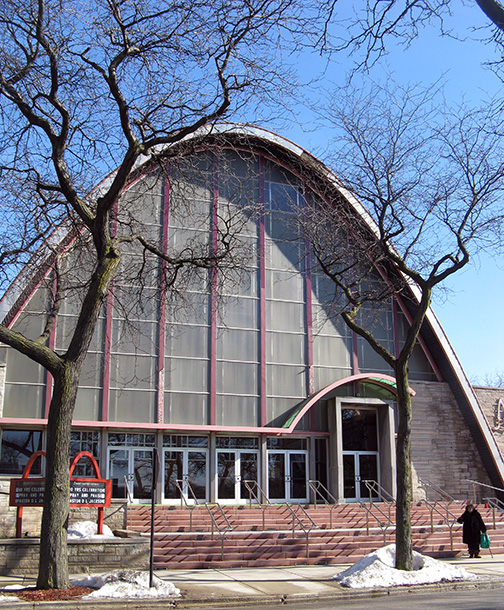
Join a discussion on this story.
© 2011 Lynn Becker All rights reserved.
|

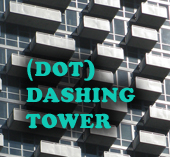
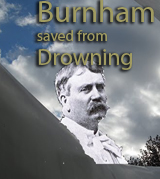
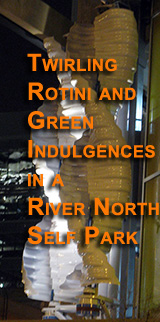
 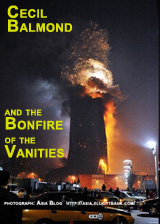
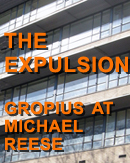 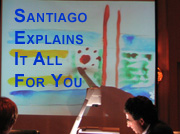 |
||||
|
|||||